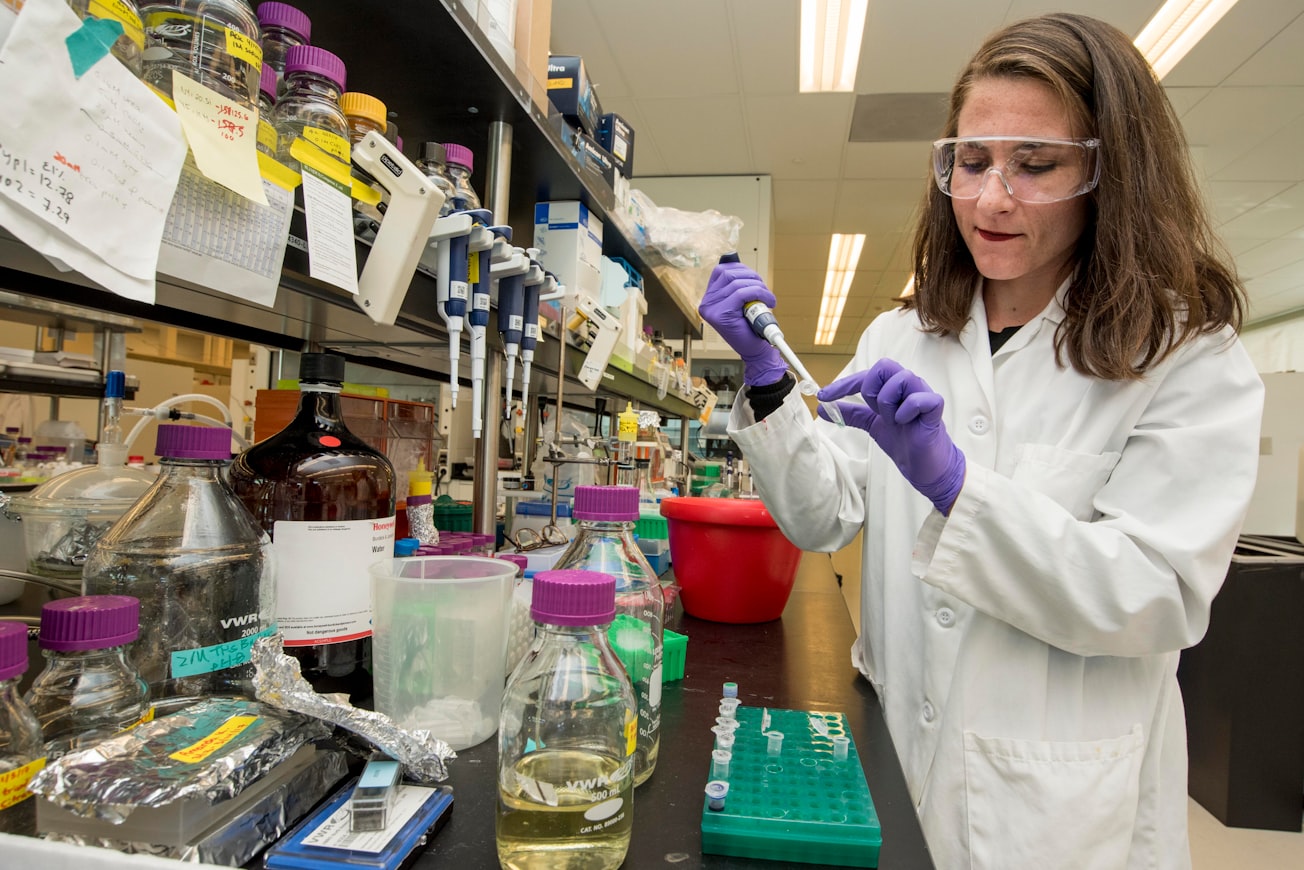What is it about?
The continuous replacement of enzymes and other proteins appropriates up to half the maintenance energy budget in microorganisms and plants. High enzyme replacement rates therefore cut the productivity of biosystems ranging from microbial fermentations to crops. However, yardsticks to assess what drives enzyme protein replacement and guidelines on how to reduce it are lacking. Accordingly, we compared enzymes’ lifespans across kingdoms using a new yardstick (‘Catalytic-Cycles-till-Replacement’, CCR) and related CCR to enzyme reaction chemistry. We concluded that (i) many enzymes fail due to collateral damage from the reaction they catalyze, and (ii) such damage and its attendant enzyme replacement costs are mitigable by engineering and are therefore promising targets for synthetic biology.
Featured Image

Photo by Science in HD on Unsplash
Why is it important?
The rates at which enzyme proteins are degraded and resynthesized are critical to the cellular energy economy because such turnover can consume about half the maintenance energy budget in microbes and plants. High enzyme protein turnover rates can therefore reduce the productivity of biosystems ranging from microbial fermentations to crops. Slowing the turnover of abundant, fast-turnover enzymes could therefore substantially increase growth rate and biomass yield in plants and other organisms.
Perspectives
What surprised us was that although ‘total turnover number’ is a common metric for industrial enzymes its in vivo equivalent (CCR) is rarely thought about. And if you ask a roomful of excellent biochemists or bioengineers what they think a ‘typical’ CCR would be you get furrowed brows and guesses (often good guesses though, as a Twitter poll showed https://t.co/7E0TOFWbiT).
Andrew Hanson Hanson
University of Florida
Read the Original
This page is a summary of: The number of catalytic cycles in an enzyme’s lifetime and why it matters to metabolic engineering, Proceedings of the National Academy of Sciences, March 2021, Proceedings of the National Academy of Sciences,
DOI: 10.1073/pnas.2023348118.
You can read the full text:
Contributors
The following have contributed to this page







